My hot take: students are not our most important stakeholder. While students should be at the top-of-mind when making decisions and developing programming, our time and energy should arguably be spent developing our staff and ourselves. We have a stronger ability to influence over paid employees, whether they’re part time student workers or full-time staff, than alumni, advisors, and yes, even students. The better professionals we can be and build, the better our communities will be. This is why a thoughtful onboarding plan and continual training and development of professionals is crucial to the success of our industry.
In 2022 I made the transition from undergraduate programming and education to staff training and development. In this role, one of my main responsibilities is to onboard new team members at the headquarters level. This article breaks down the process I used to revamp the onboarding process for my organization and can easily be applied to most teams.
Brainstorming
Building an onboarding program can seem daunting, especially if you’re starting from scratch. To begin, consider starting with a simple brainstorm.
- What does this person need to know to do the job they were hired to do?
- What unwritten rules or “culture fit” aspects are important for someone to know?
- What do we teach new members of our community or organization?
- What do I wish I would have known when I started?
Now that you’ve brainstormed, it’s time to begin mapping the “Know, Feel, Do” model.
- What do you want this person to know?
- How do you want this person to feel?
- And what do you want them to do?
- What tasks should they accomplish?
Creating Milestones
In my opinion, it takes a full year for someone to be fully integrated into the organization so they can get a sense of the “seasons” of your campus/organization. Thinking of someone as “new” for a year fosters a more gracious mindset, as the individual experiences each semester/quarter and annual events or conferences. For headquarters organizations, those biannual events can make someone feel “new” again, even if they’ve been employed for over a year.
Typical milestones for the “Know, Feel, Do” model could be:
- Day 1
- Day 14 or 2 weeks
- Day 30 or 1 month
- Day 60 or 2 months
- Day 90 or 3 months
- Day 180 or 6 months
- Day 365 or 1 year
Holistic Approach
After mapping out their first year with the “Know, Feel, Do” model, it’s time to review for a holistic approach. According to the Association for Talent Development1, there are three areas to focus on to achieve a holistic onboarding.
Organizational:
- What does it mean to work for your campus or organization?
- How do you get them bought into your mission?
Social:
- How do you integrate them into the “people part” of your office?
- What does it look like for them to contribute to, and not detract from, your culture?
Technical:
- What are the boring necessities? Systems, processes, policies, etc.
- What is their level of knowledge of office systems and tools?
- What will they need to learn and unlearn from past roles and their processes?
Using Current Resources
Now that the plan has been created, it’s time to pull resources together to utilize during the onboarding process. Identifying what resources are already at your disposal (both human and actual resources) makes this a lot less daunting. Some examples include:
Human:
- Student leaders who can provide insight on campus culture or relationship with the headquarters
- Counterparts in departments they’ll work heavily with
- Chapter advisors and/or other volunteers
- The longest serving person within the division or organization (these people can provide a very unique perspective on the history of the organization!)
Actual:
- New member resources
- Employee handbooks
- Student leader trainings
- Policies, procedures, and processes related to the workplace itself, or chapters or councils
Ongoing Feedback
Feedback is a crucial part of the onboarding process and should be baked in at planned intervals. Three months is a great checkpoint after the new employee has been able to get settled. Ask yourself these questions to prepare for the check in:
- Have they met expectations?
- Have they accomplished the goals you set out for them?
- Do they seem like they’re enjoying working here?
Ask them during the check in (consider providing these questions ahead of time):
- Are you finding your fit here?
- Are expectations clear?
- Is there anything more or less I should be giving you?
- What are you still unsure or uneasy about?
Bonus Tips: Remote Onboarding
I get asked frequently about remote onboarding. Point blank: in person is always better (as the pandemic taught us.). If you can manage to bring the new team members in person for their first week this will increase their sense of belonging immediately and in turn, their commitment to the organization. However, if remote makes more sense or better fits the budget, here are some things you can do to enhance the experience:
- Make sure to mail them any technology they need well in advance to allow for a smooth first day.
- Send them a GrubHub gift card for a provided lunch and (if you feel comfortable), order a similar meal along with other team members and have a team lunch over Zoom!
- Connect with them at the beginning and end of each day for their entire first week.
- Ensure they have down time and screen breaks between meetings and give them the same opportunity to get their computer and desk set up, just like you would if they were in person.
- Do not try and do a virtual tour of the office—it usually is more awkward than it’s worth.
- Give them clear expectations of when they need to log on, and log off, their computer.
Continued Development
From where I sit and what I see, the most common challenge areas for professionals are probably no surprise: conflict management, supervising, effective decision making, and boundary setting and maintenance.
It’s in our nature as lifelong learners to immediately jump towards professional development opportunities like joining professional associations, finding articles or videos, or singing up for webinars. However, sometimes prioritizing these development opportunities is easier said than done. This is where a weekly goal setting process can help.
Each week, employees can come up with a goal they want to accomplish that week. This can not only help them with their professional development but can serve as ongoing performance management. Some examples of weekly goals can be:
- Develop a creative activity for the member accountability training for the student leader retreat.
- Plan out the difficult conversation I need to have with the chapter who’s really struggling.
- Do a written reflection on the challenging partnership with another department and why the friction exists. Make a plan for how to work better together.
- Reach out to 15 stakeholders (students, chapters, advisers, campuses) to build relationships.
- Block my calendar for lunch each day this week and stick to that boundary.
At next week’s check in or one-on-one, ask them if they accomplished their goal or where they fell short. If they accomplished it, have them come up with a new goal for the coming week. If they fell short, have them try again this week and ask if you can help them succeed. This process allows for continuous accountability, prioritizing professional growth, and ongoing feedback loops.
As every industry is changing and still overcoming the obstacles from the pandemic, the hiring market is nothing if not volatile. Better employee onboarding and ongoing development can help retain and engage professionals, making the fraternity and sorority industry a more desirable career field. The more engaged we are as professionals, the greater ability exists for our organizations and campus communities to thrive!
References
Association of Talent Development. “What is Onboarding?” From: https://www.td.org/talent-development-glossary-terms/what-is-onboarding
About the author
Leslie Pedigo is a double graduate of the University of North Texas, earning her Bachelor’s in 2011 and her Master’s in 2013. Since graduating, she worked professionally in leadership programs at the University of Kentucky and then transitioned to the fraternity/sorority headquarters space. Prior to serving in her current role as Talent Development Manager at Lambda Chi Alpha, Leslie worked at Zeta Tau Alpha and Phi Sigma Kappa Fraternity on their education and programming teams, respectively. She has been a member of the Association of Fraternity and Sorority Advisors since 2012 and has attended ten Annual Meetings. Leslie is a member and active volunteer for Delta Gamma Fraternity and resides in Indianapolis, IN with her husband, Grant, and pug, Franklin.



